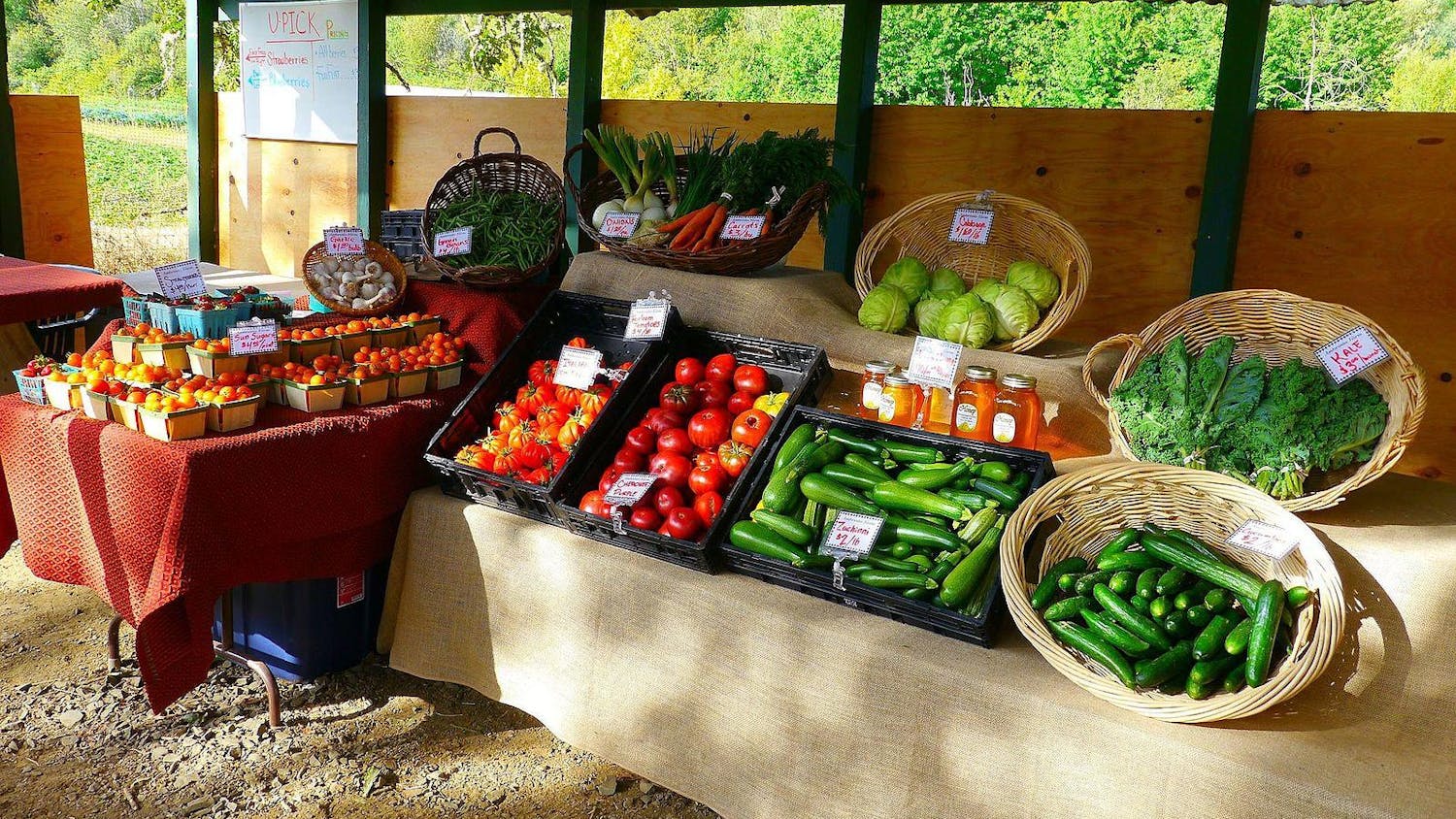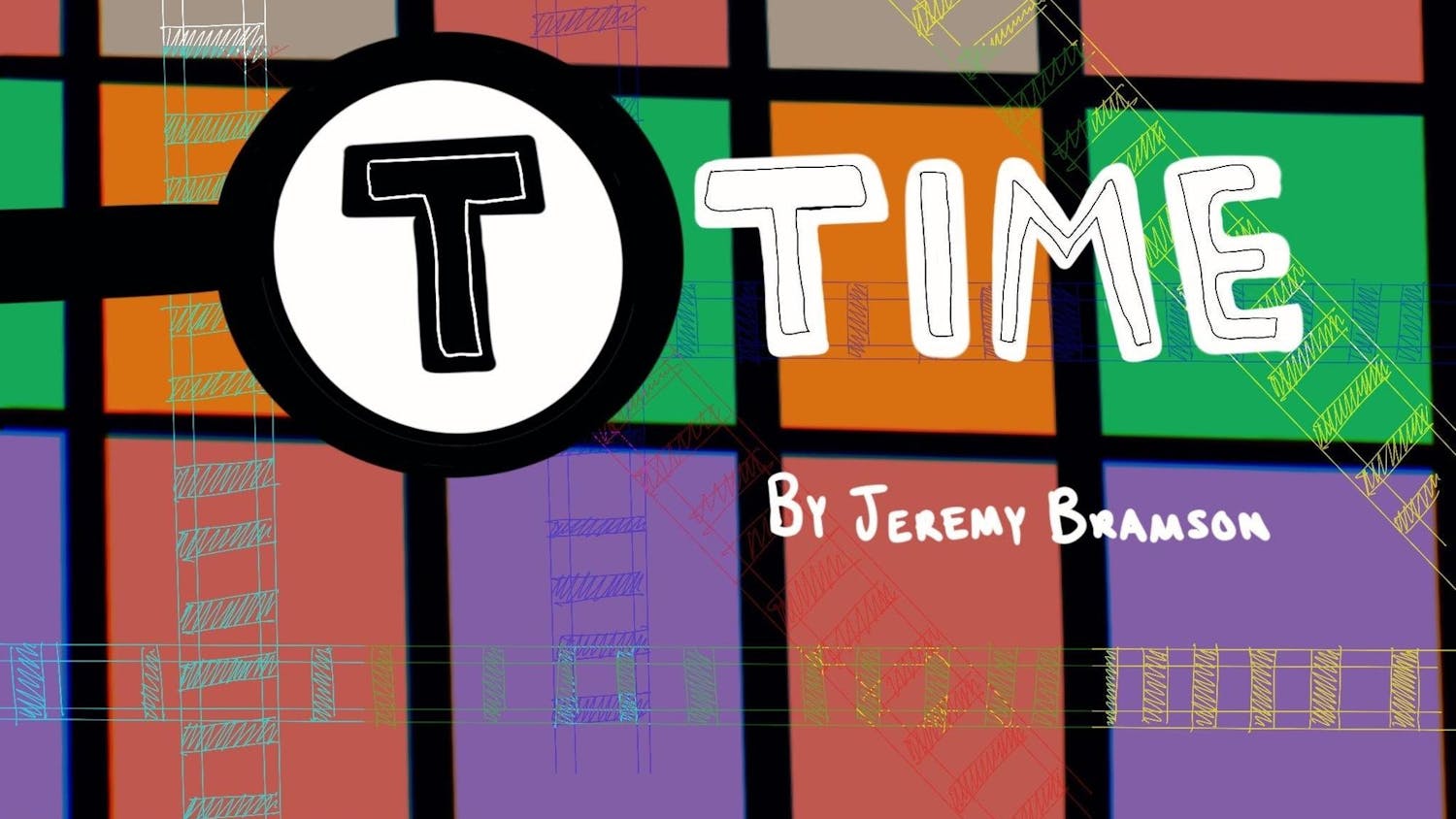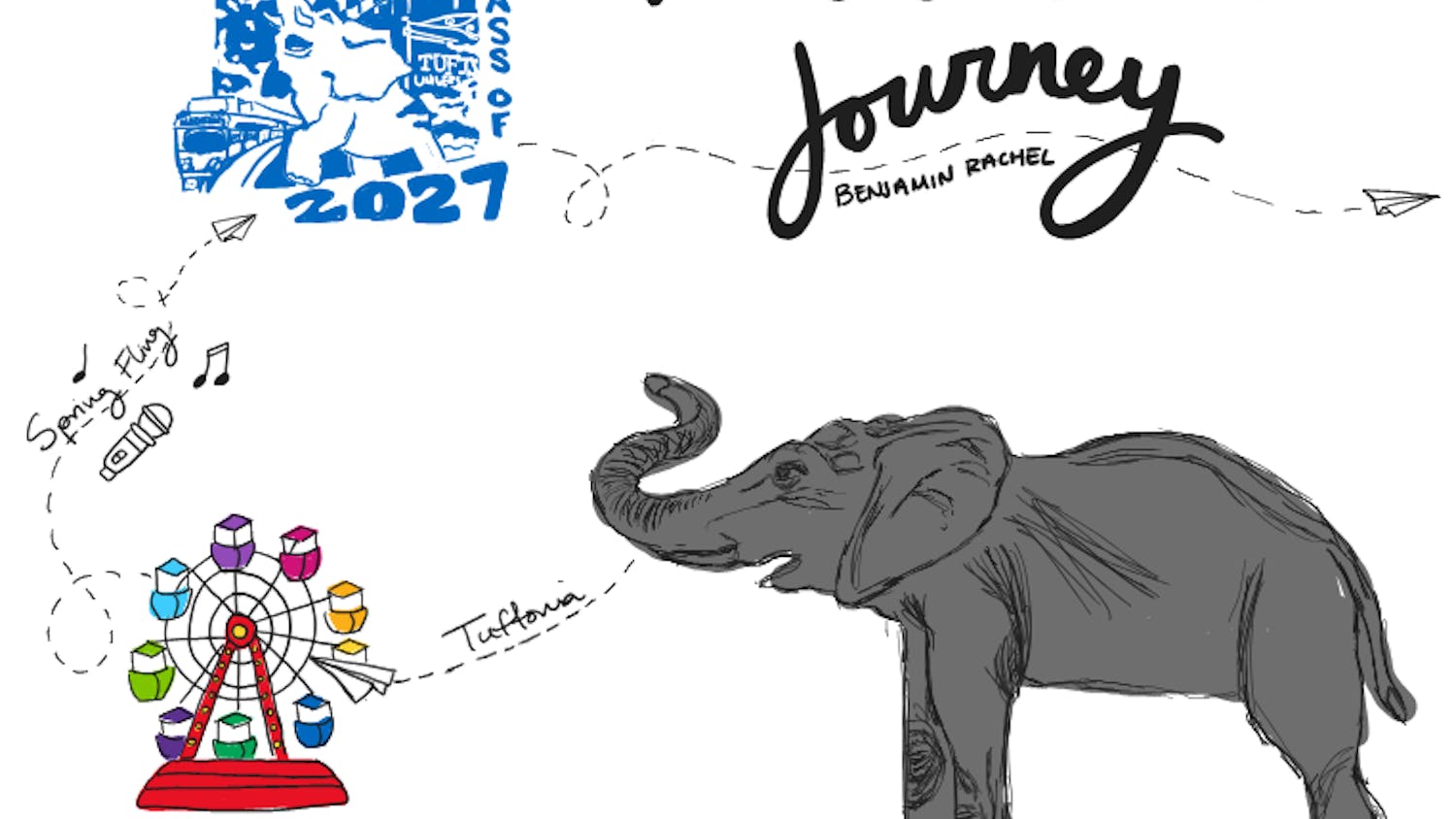For the Association of Multiracial People at Tufts (AMPT), there is a lot in a name. AMPT, formerly known as Tufts Hapa, aims to create a community for students who identify as persons of mixed heritage. Though the name change may seem subtle to some, it now better reflects the target demographic of the group, according to Co-President Zoe Uvin.
According to Uvin, a senior, "hapa" means “half” in Native Hawaiian and is often used to refer to people who identify as a mix of two races. However, this choice of terminology made it seem like the club had a limited scope of interest.
“The term ‘Hapa’ has the connotation of being half-Asian, so I think the name change definitely reflected our priorities much more,” Uvin said. “We’re an association, not a political group or movement of any kind, and we wanted any person who is multiracial, or feels that their family or community makes their identity multiracial, to feel welcomed to join us.”
The name change has been favorably received, according to treasurer Rachel Steindler, a sophomore.
“We’re getting a lot of new faces ... people are hearing about us, because we changed our name," Steindler said. "So it’s kind of a publicity thing, but it’s very much about trying to advertise that we’re a multiracial community that isn’t specific to half-Asians. We were never meant to be exclusive; we always had this goal in mind, but it seemed like we were only attracting half-Asian people, so we really wanted to make it clear.”
According to Uvin, more new upperclassmen than freshmen showed up at their first potluck event, which Uvin attributes to the club's wider and more approachable demographic scope.
“On top of getting great feedback from members, what made me feel great was seeing a Tufts Confession posting a link to the AMPT page saying, ‘Hey you might want to check this out,’” Uvin said. “I really think this is becoming a [club] where you can read the name and it makes much more sense who we are and what we’re about, so it’s much more approachable.”
The ultimate aim of AMPT, according to Uvin, is to participate in the campus culture of ethnic and cultural groups, clubs and societies, and to foster awareness of multiracial culture on campus.
“Our goal is to create a space for multiracial students and faculty,” Uvin said. “The founding members noticed how there were no cultural groups that catered just to the multiracial experience, and we wanted to create a space just for that.”
AMPT plans a variety of activities in order to create a welcome environment for multiracial students, including potlucks with informal discussions on multiraciality, academic lectures and joint events with mixed-race groups from other Boston schools. According to Uvin, these are all organized by the club’s executive board, which meets once a week to plan events for the semester.
“The potlucks are just to eat food and realize there are so many multiracials on campus of so many mixes, of so many backgrounds, but that we all have something in common, that our multiracial experience has changed the way we have gone through life and the way we’ve interacted at Tufts," Uvin said. "We can connect over something other people might not understand.”
The group puts a particular emphasis on the potlucks, where students can discuss identity, talk about issues concerning multiraciality and share their stories, Uvin said.
“The discussions [at potlucks] made me think of multiracial [matters] that I never really thought of before, but [which] pertained to me,” sophomore Andrew Narahara said. “I’m half-Asian, half-white, but I’ve always considered myself Asian, and [the discussions] opened my eyes to the multiracial side of me.”
One distinctive feature of AMPT is its heterogeneous nature. Along with members of racial mixes, the group includes members who aren’t mixed themselves, and instead joined out of interest in their multiracial family or home situations.
“Personally, I’m not a multiracial person, but I come from a multiracial family, and I found a really great community in AMPT because I can identify with the experiences of multiracial people,” Steindler said. “I’m adopted [and Asian] and my mother is white, so when we talk about family dynamics, I can identify with [other members’] racial identity development in terms of having someone of a different race as a parent.”
In tandem with its new name, AMPT has set some new goals. According to Uvin, when the club was originally founded Joseph Wat (LA '13) hosted potlucks at his house. Now the club hopes to host events on a consistent bi-monthly basis, instead of simply whenever possible.
AMPT has also been actively recruiting for its executive board to allow the group to continue after its founding members graduate. With a board already comprised of four sophomores, and with multiple freshmen interested in applying, the club hopes to continue spreading awareness about multiracial identity throughout the Tufts community, according to Uvin.
“Our recruiting method is so active because we really want [the executive board members] to feel personally invested in the club, so that when we leave they will still have a personal connection with the group,” she said.
Recruiting new members is also intended to support existing members of the multiracial community.
“We hope to offer something to them that makes their time at Tufts better or more manageable, and hopefully they will want to give that to the future generation and continue this tradition,” Uvin said.
Hapa changes name to Association of Multiracial People at Tufts to reflect new goals

The Association of Multiracial People at Tufts gathers at the student activities fair this fall to draw interest.





